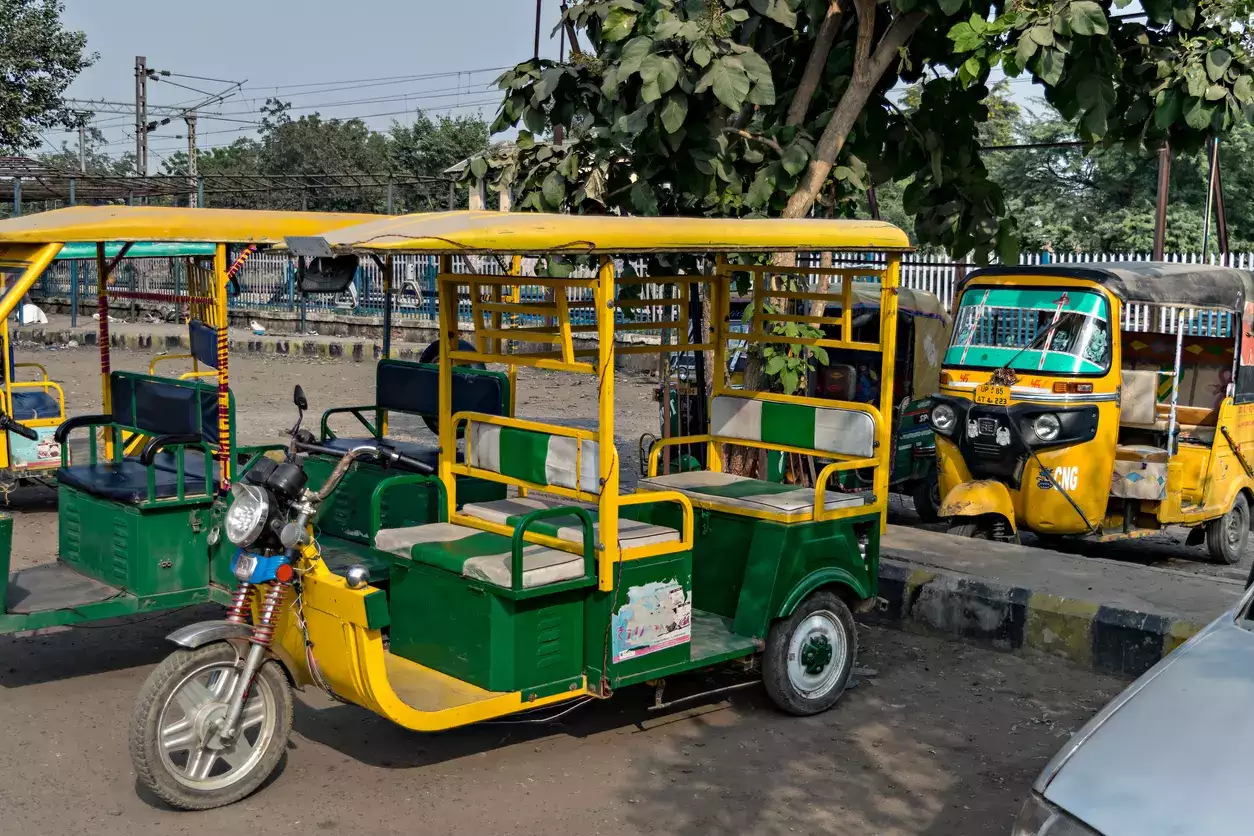RTA prohibits e-rickshaw movement on 56 city routes

Violators of these regulations will face strict penalties from the authorities.
RTA secretary Tamsin Aftab said before implementing this decision, the board will accept written feedback from affected individuals. "Objections and suggestions must be submitted in person or by post at least 15 days prior to publication," she said.
She further stated that the traffic police will collaborate with the transport department's enforcement branch to ensure compliance. "Additionally, the Guwahati Municipal Corporation will be putting up signages in these approved routes, so that the drivers can better understand these restrictions," she said.
E-rickshaws are designated to serve as last-mile connectivity options in areas where alternative transport services like city buses and shared taxis are unavailable.
According to the ministry of road transport and highways data, Kamrup (Metro) DTO has documented 11,108 passenger-carrying e-rickshaws and 389 cart e-rickshaws to date.
The decision has received varied responses from citizens. Guwahati's bicycle mayor, Arshel Akhter, said, "These e-rickshaws are non-polluting and inexpensive modes of transport that acts as mobility options for those who do not own vehicles as well as provide employment opportunities to the poor. While restricting their movement on major roads can be understood but restricting these from minor roads without good public transport is not good. Also mentioning these as sole/major sources of congestion is farfetched without actual ground level data. Traffic congestion is mostly caused by high number of private automobiles both moving and parked on the road sides. This decision looks like an intuitive step taken without proper and holistic evaluation."
Guwahati: The Regional Transport Authority (RTA) board of Kamrup (Metropolitan) district has identified 56 routes within the city where electric rickshaws will be prohibited. This decision aims to address traffic congestion and enhance road safety by limiting slow-moving rickshaws on major thoroughfares.
Violators of these regulations will face strict penalties from the authorities.
RTA secretary Tamsin Aftab said before implementing this decision, the board will accept written feedback from affected individuals. "Objections and suggestions must be submitted in person or by post at least 15 days prior to publication," she said.
She further stated that the traffic police will collaborate with the transport department's enforcement branch to ensure compliance. "Additionally, the Guwahati Municipal Corporation will be putting up signages in these approved routes, so that the drivers can better understand these restrictions," she said.
E-rickshaws are designated to serve as last-mile connectivity options in areas where alternative transport services like city buses and shared taxis are unavailable.
According to the ministry of road transport and highways data, Kamrup (Metro) DTO has documented 11,108 passenger-carrying e-rickshaws and 389 cart e-rickshaws to date.
The decision has received varied responses from citizens. Guwahati's bicycle mayor, Arshel Akhter, said, "These e-rickshaws are non-polluting and inexpensive modes of transport that acts as mobility options for those who do not own vehicles as well as provide employment opportunities to the poor. While restricting their movement on major roads can be understood but restricting these from minor roads without good public transport is not good. Also mentioning these as sole/major sources of congestion is farfetched without actual ground level data. Traffic congestion is mostly caused by high number of private automobiles both moving and parked on the road sides. This decision looks like an intuitive step taken without proper and holistic evaluation."

